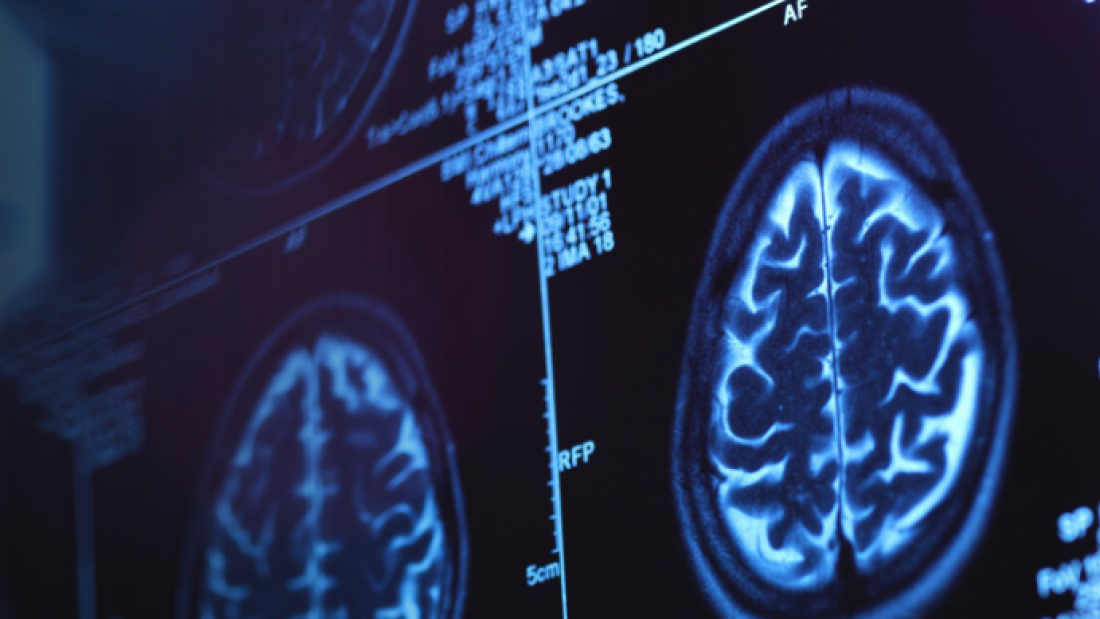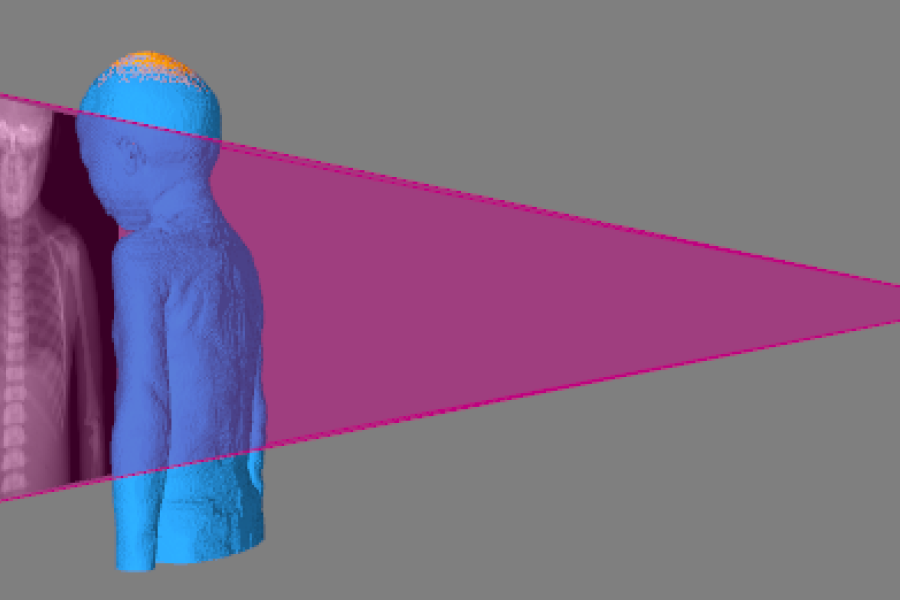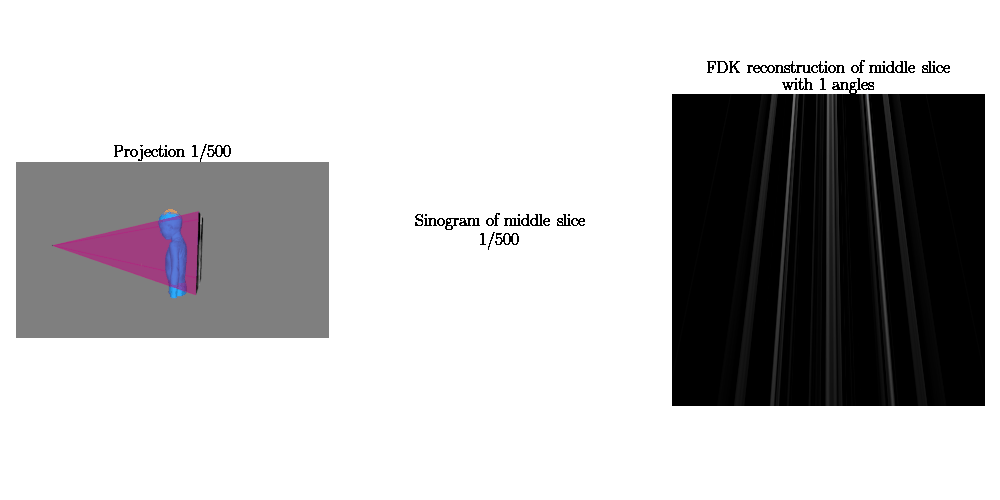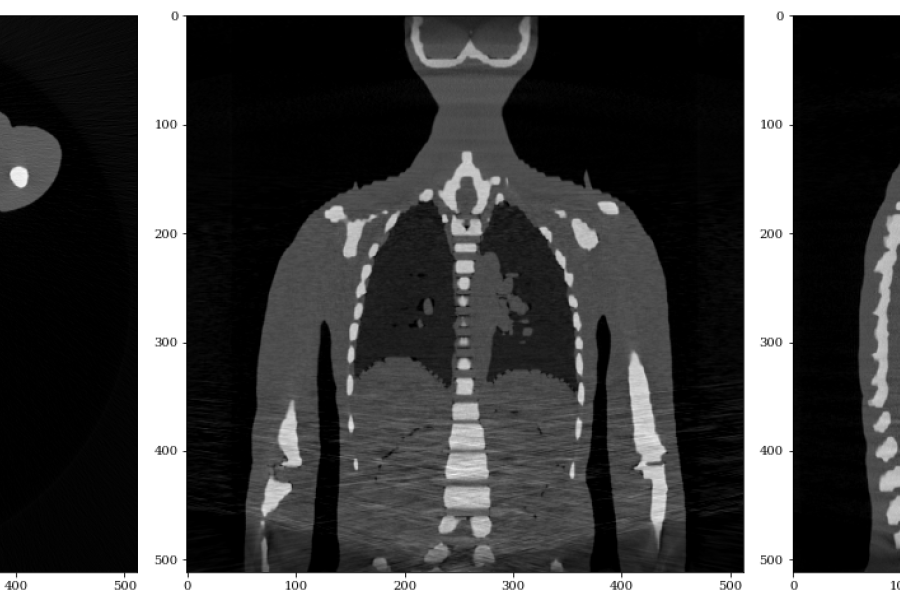Bangor University researchers and colleagues from other institutions in UK and beyond attended the CIL (Core Imaging Library) Training & Bring your own data Hackathon Dr Franck Vidal (Senior Lecturer and acting director of research of the school of Computer Science and Electronic Engineering) travelled to Cambridge to take part in this training and Hackathon event. The Core Imaging Library (CIL) is an open-source framework, which is mainly written in Python, and is used to create tomographic images. The event was part of the Rich and Non-linear Tomography event sponsored by the Isaac Newton Institute and the CCPi (Collaborative Computational Project in Tomographic Imaging). Forty-four people were present at the CIL Training and Hackathon event.
What is tomography?
Tomography, the revolutionary technique that unveils intricate internal images, holds immense value in the medical field. It uses a series of detailed images of the inside of something or someone. It is widely used in medicine. MRI (magnetic resonance imaging) and CT (computed tomography), also known as computed axial tomography (CAT), are both tomography techniques. MRI uses radio waves; CT uses X-rays. In CT imaging, a lot of 2D X-ray radiographs are taken around the patient at successive angles. It can be used to diagnose a wide range of pathologies. The same technique is used to scan objects, such as finding defects in a material. Computer software translates the information carried by the set of 2D X-ray radiographs into a stack of cross-sectional images through the patient (or object). This process is called “tomography reconstruction”. CIL is an open-source Python framework for tomographic imaging for cone and parallel beam geometries. It comes with tools for loading, preprocessing, reconstructing and visualising tomographic data.
The hackathon event
The event was organised in two successive parts. First, the training. Its purpose was to allow people to learn (or refresh people’s knowledge) about CIL for their tomographic imaging data processing. Second, a hackathon, with the aim to code new functionality.
Franck, an active researcher in the X-ray CT research community and wrote the gVirtualXray (gVXR) library, said:
It was extremely exciting to participate in the event and contribute to two complimentary pieces of software.
gVirtualXray is an opensource software to simulate X-ray images using the graphics card, the computer hardware that powers 3D video games. Its development was initially supported by the European Commission (grant 321968). Franck actively contributed to the hackathon by improving the connection between gVXR and CIL.
Franck, went on to say
gVXR can be used to create many X-ray images that can be fed to CIL’s reconstruction algorithms. Improving the interoperability between the two is important as people can use realistic simulated images in known conditions and test their reconstruction algorithms, for example to compensate motion artefacts that degrade the image quality in medicine.
After two days of intensive coding and testing, we have a data reader that works well. People can even try the simulation and the CT reconstruction using Google’s Cloud.
For inquiries, please contact Dr Franck Vidal, Bangor University.




